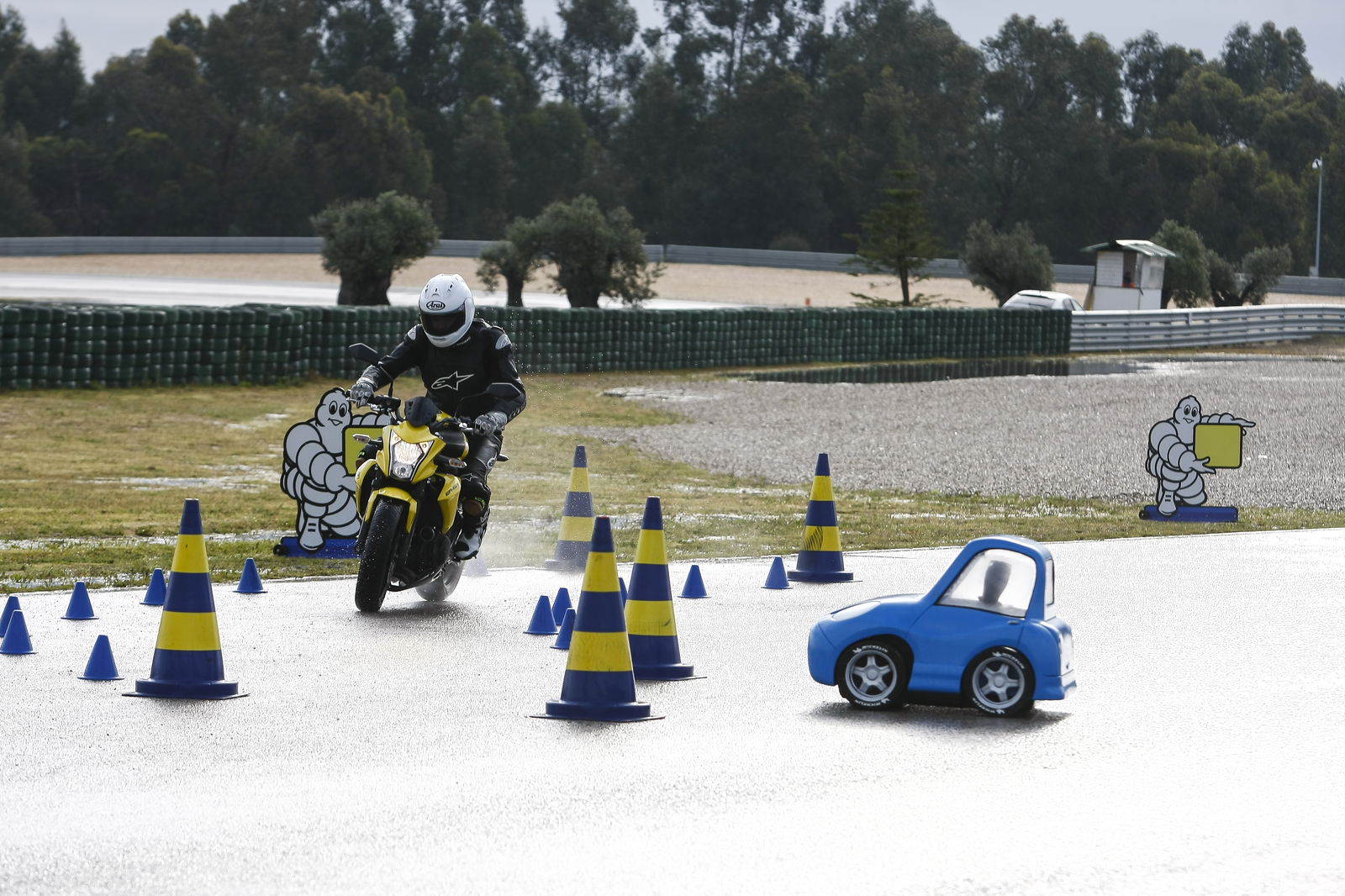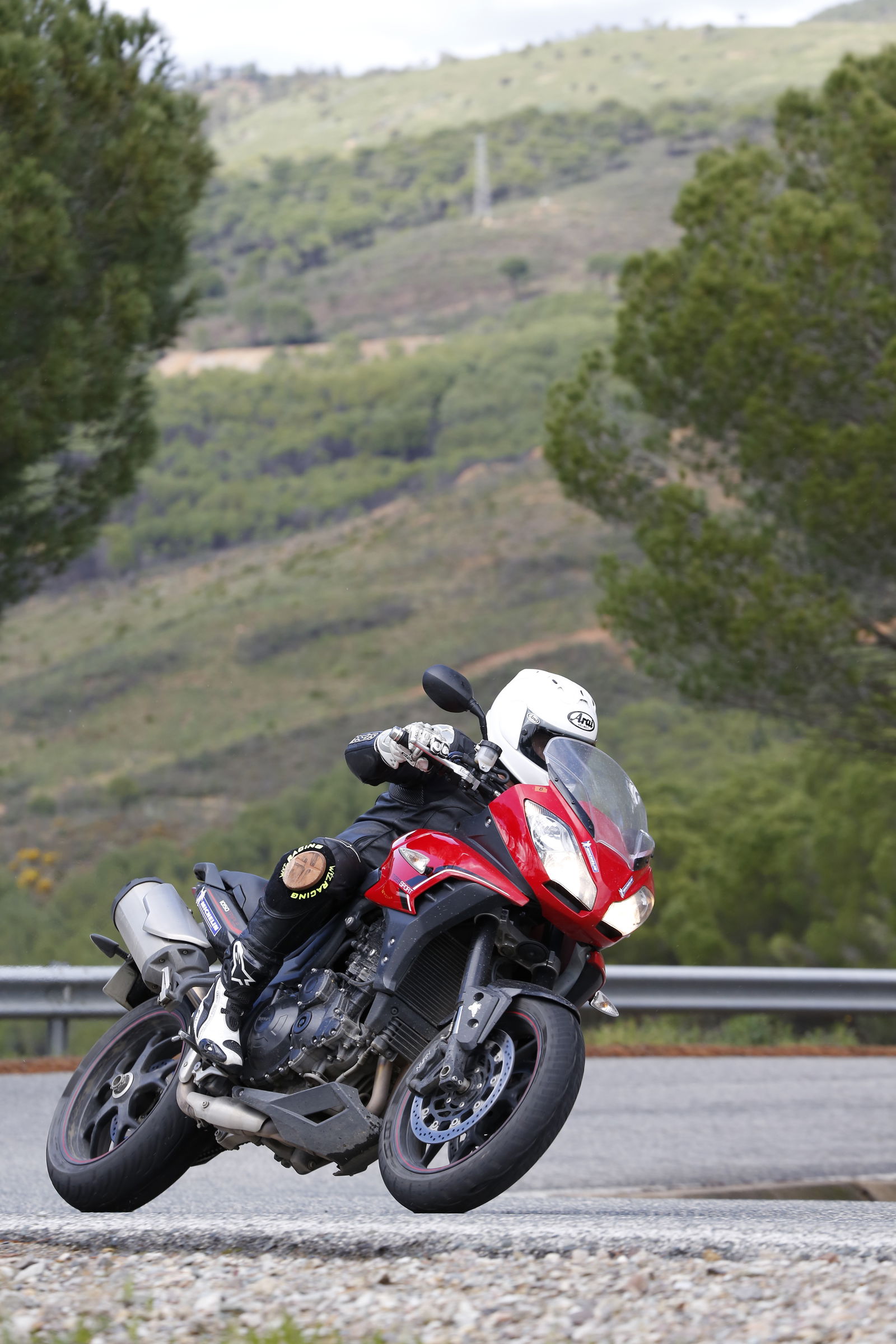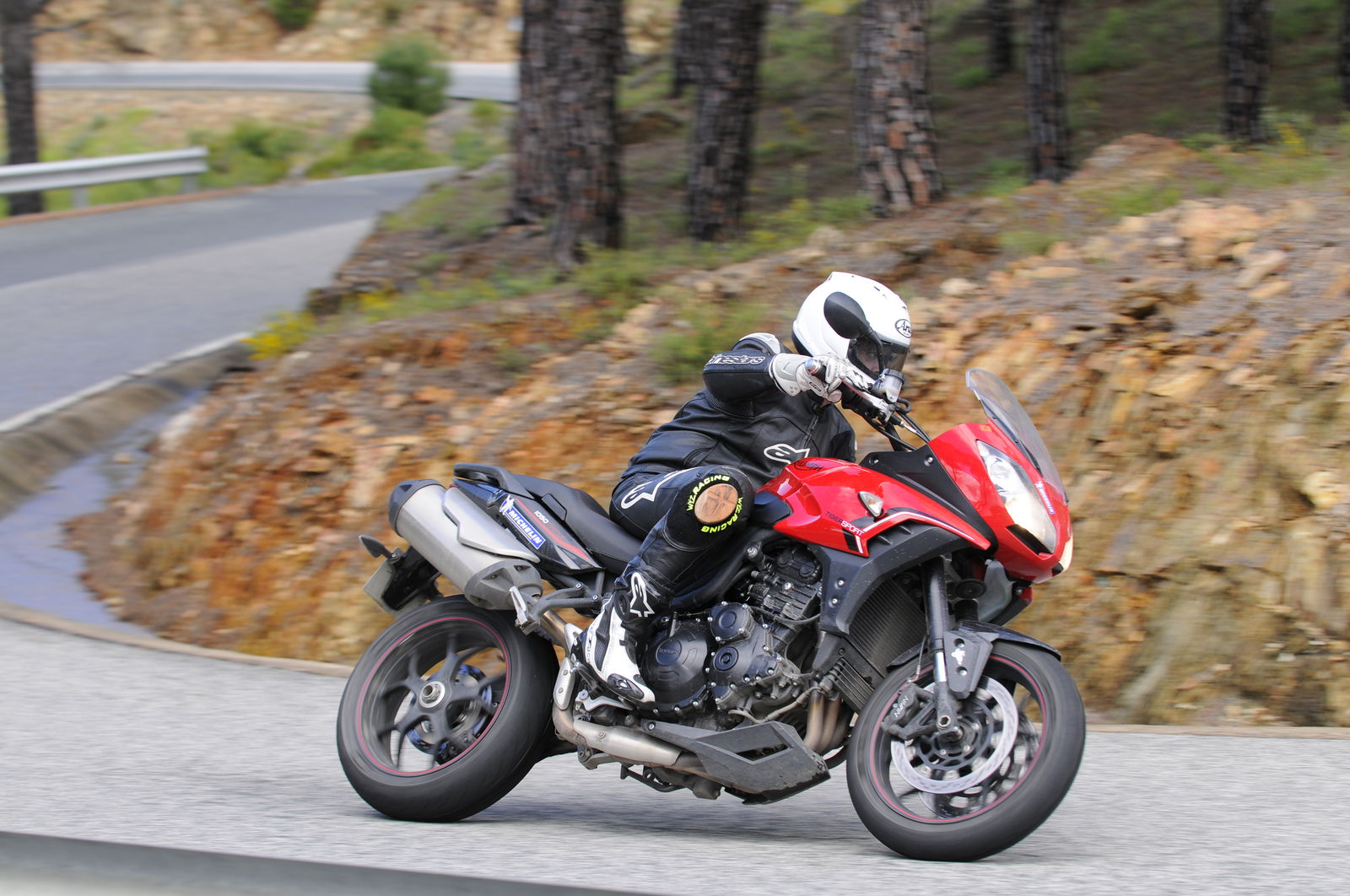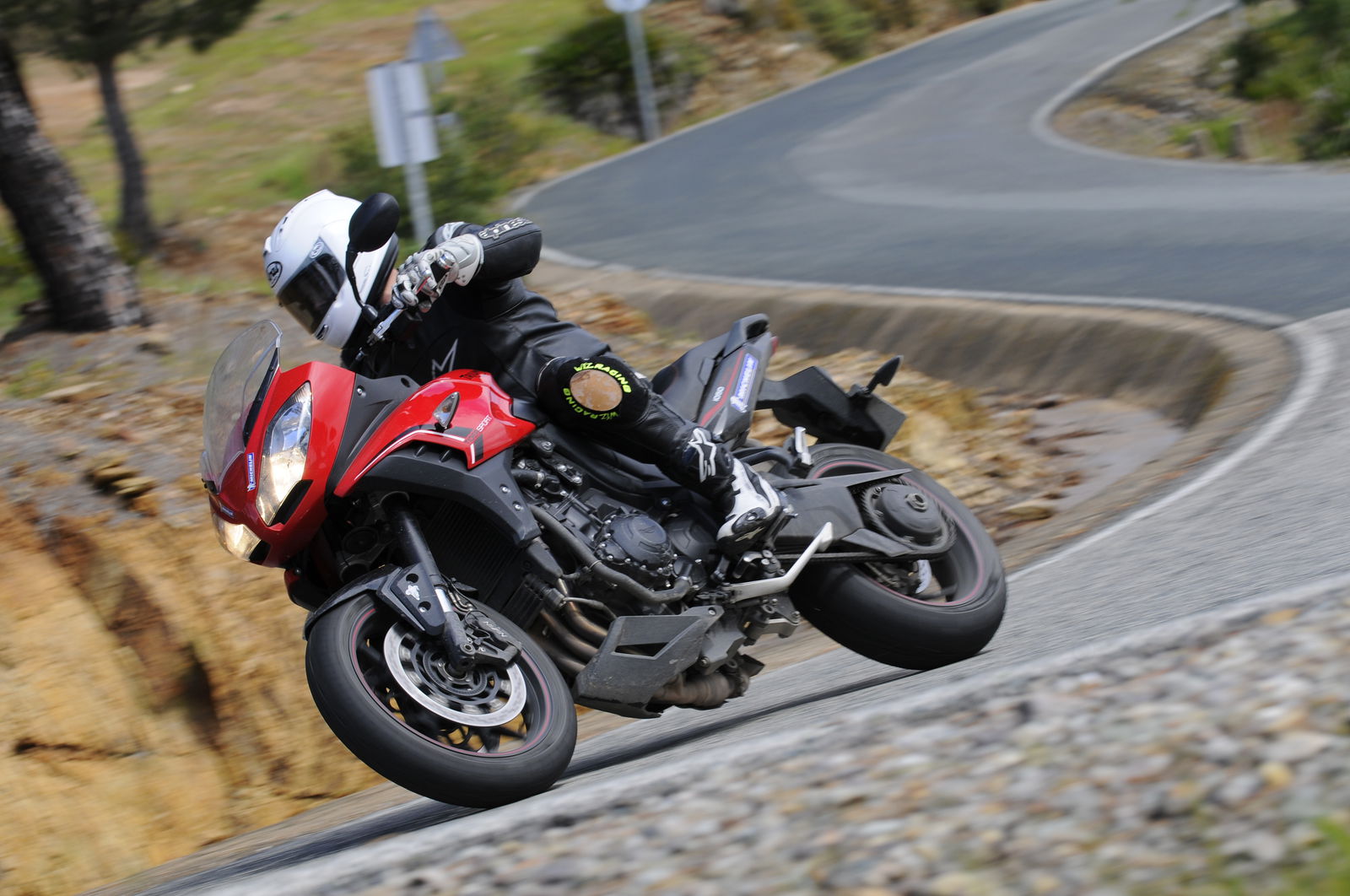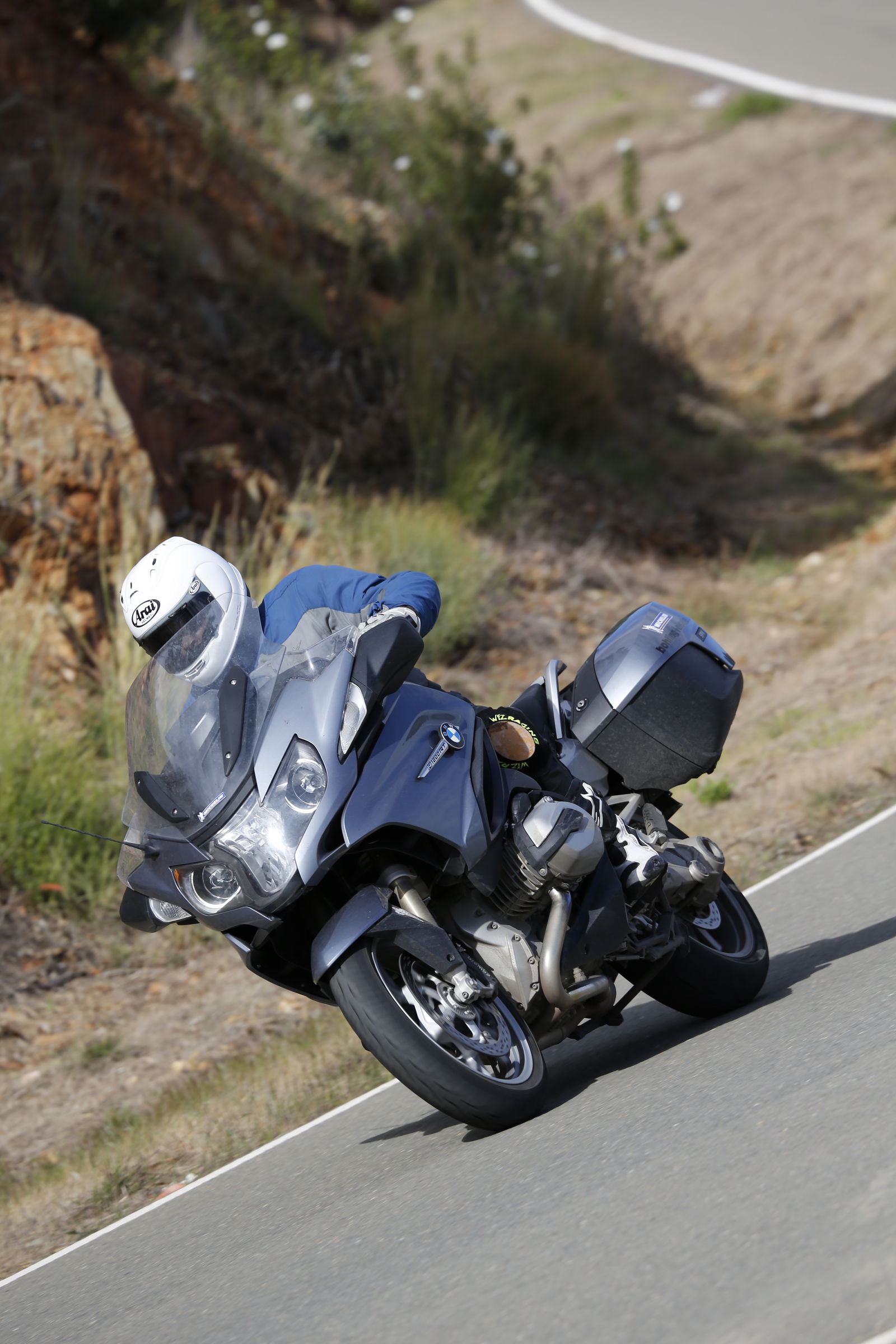Review: Michelin Pilot Road 4 tyre
Visordown gets the low down on Michelin’s successor to the popular Pilot Road 3

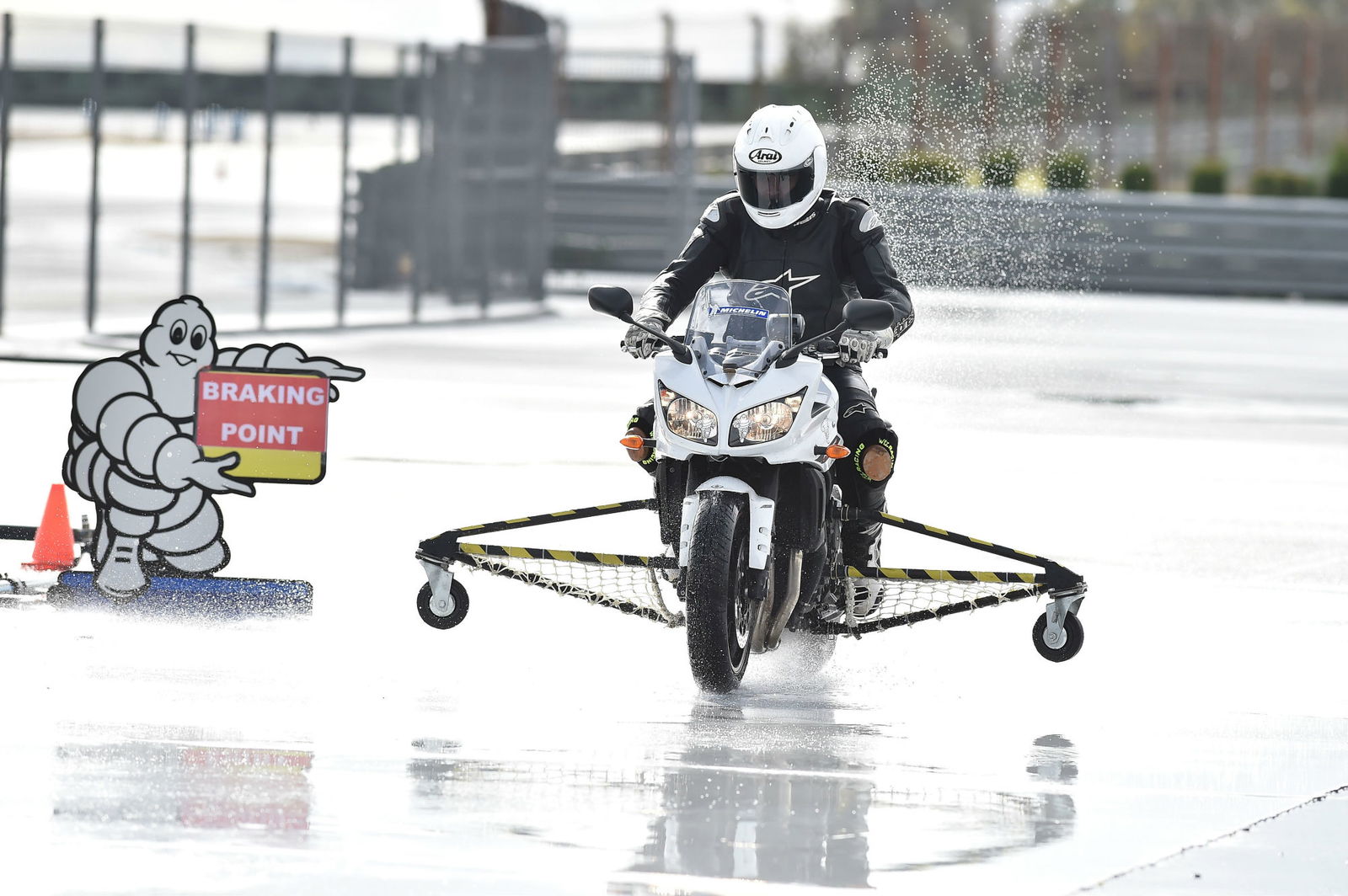
IT'S not often a tyre rolls up and genuinely raises eyebrows. But Michelin’s Pilot Road 3, launched at the start of 2011, did just that. It immediately earned a reputation for great wet grip, excellent ride quality and masking the deficiencies of tired or poor quality suspension. It has become, deservedly, one of the UK’s best-selling tyres.
This is because the PR3 introduced razor-thin cuts in the tread, called sipes. Sipes have been around for years on car tyres, helping slice through water and letting the rubber contact the road beneath. But technical issues when using them on round-profile bike tyres lead to overheating and durability problems. In many ways it’s the same problems racers have using wet race tyres on a dry track – the best tread pattern and compound for shifting water will quickly overheat and wear out in the dry.
But Michelin were confident they could overcome these problems by carefully developing the best size, shape and distribution of the sipes tread pattern. And while there are reported downsides; the PR3 is more susceptible to punctures, the tread will move about a little if pushed, and can wear unevenly with a short life on litre sportsbikes or heavy bikes with hard use; overall, fitting a pair of PR3s is nothing short of revelatory. They feel soft, sticky, heat up quickly, soak up bumps, flatter suspension and grip amazingly in the wet.
This isn’t just PR puff. I’ve used them on a Kawasaki Z1000SX (lasted 4000 miles, transformed ride quality from choppy to plush, made steering secure), a 1995 Triumph Trident Sprint (winter use, still on, near-miraculous handling improvement) and I’ve currently got them on my 1996 VFR750. They did a track day at Cadwell Park last summer no problem, I’ve had no punctures, and although there’s a bit of toe-and-heel tread wear (where the tread lifts unevenly front-to-rear) on the heavily ribbed front, it isn’t affecting the VFR’s turn-in or steering. I’d fit another pair without hesitation, and you don’t have to look far for more user reviews.
So if the PR3 is so good, why have Michelin launched the Pilot Road 4? And is it any better?
To answer these questions – even although the PR4 is available in the UK, now – Michelin flew Visordown to the Spanish circuit of Monteblanco near Seville, to take part in a series of ‘workshops’: a safety workshop, a wet braking workshop, a tyre trust workshop... and the one I was really looking forward to, the pleasure workshop. One could only imagine...
But before that, Michelin explained why the PR4 was better than the PR3. They said they’d given it 20% more durability than the PR3 and 17% more wet grip than its nearest rival (which they said was the Bridgestone T30, but which I’d say is the PR3).
They’ve done it by chamfering the leading edge of the sipes grooves, and further refining the pattern layout of the tread. They’ve also introduced a GT version rear alongside the Trail and standard PR3, which features a revised carcass construction for greater tread stiffness without compromising sidewall flex for comfort. As before, the PR4 is dual compound.
So does it work?
The safety workshop involved bombing round a twisty section of wet test track on an ER-6n fitted with PR4s. Sprinklers kept the track saturated, and a set of cones on the back straight indicated a braking zone where the Michelin test rider instructed me to emergency stop from 60kph. A further section of cones formed a slalom, where I was asked to brake to a standstill, while cornering.
It’s hard to explain why one tyre feels instantly, intuitively safe in the wet and one doesn’t. Maybe it’s psychosomatic; the power of positive thinking. Maybe it’s a flood of individually unnoticeable but cumulatively significant micro-slippages feeding back from the tyres. Maybe it’s because you don’t instantly fall off.
But within one corner the ER-6n felt totally confident on the wet track and I felt like I could ride it to something like 70% of normal dry aggression. The tyres didn’t budge an inch, the front locked controllably on the ABS in a straight line and there was no hesitation in going to full brake power in the low speed slalom.
Is it good? Oh yes. Is it better than it’s rivals? Impossible to say without back-to-back, but I strongly suspect it is. Is it better than a PR3? Even harder to say.
Next was a skid pan – the wet braking workshop. A pair of ABS FZ1s, one on Metzeler Z8s, one on PR4s, were fitted with outrigger booms to save toppling over. The test was to ride over a low-friction, polished surface at 30mph, and brake in the shortest possible distance. I braked as hard as I could and the ABS chimed in instantly, releasing and grabbing the brakes. A GPS logger showed that, in two runs on each tyre, I'd stopped in the same distance once and was shorter on the PR4 once. Hardly conclusive, and unfair because I tried the Metzeler first and was arguably getting better at modulating brake pressure. A bunch of other journos did the same test and the average result showed a consistent improvement for the PR4. Michelin also pointed to tests by the independent DEKRA automotive test facility, which came up with the same results. I'm quite happy to believe the PR4 is better than its rivals at wet braking because I know how good the PR3 is, but I’m not convinced this test proves much.
The tyre trust workshop simply involved razzing around the Monteblanco track in damp, but drying conditions on an MT-07, and an R1200RT, on a PR4 GT rear. Both bikes felt comfortable and confident in the wet – especially the BMW which felt almost uncrashable. Again, I had no problems and felt more confident in tricky conditions than I ever had before.
Finally, I was allowed out on the road – the pleasure workshop – along a test route made up of staggeringly twisty blacktop, rising and falling through a Eucalyptus forest on the HV-5131 north of La Palma del Condado. It was a great ride, dodging damp patches and showers, riding faster than harder than I ever have, or would normally dare, in these conditions. The tyres were simply magnificent on everything from smooth tarmac to ripples and ruts, in the wet, damp or bone dry.
The PR3 is so good it’s a tough act to follow and Michelin have previous when it comes making a new tyre less popular than the old one; the 2006 Pilot Power 2CT was beloved of many, but when it was replaced by the Power Pure, some people (including me) were less impressed.
But I would have no hesitation in recommending the PR4s even if they were only as good as the PR3. Without direct experience it’s not possible to say how long they’ll last, but it would be reasonable to accept Michelin’s claim they’re more durable than the PR3. As for grip, there’s no doubt they’re more confident than any other tyre I’ve ever used. Apart from the PR3.
The PR4 is available now in the usual sizes (no 16in front for early Blades!).
